Illinois Crop Update – July 28, 2023
Russ Higgins – Extension Commercial Ag Educator
Grundy County
Soil Conditions: Mildly Dry (soil is drier than normal, plant growth may have slowed)
It’s hot! Temperatures exceeding 90 degrees for consecutive days in NE Illinois. Despite the ambient temperature, both corn and soy fields are holding up well, but additional rainfall would be welcomed. Most corn fields are at or near R3, the milk stage. Some ears have visible aborted kernels at the ear tip. There has been minimal to no leaf disease in corn fields that I have visited, but plan on staying diligent and listening to local reports and regional reporting resources including the Corn ipmPIPE for Tar Spot to be aware of areas where crop disease has been detected. The soy crop has responded to recent rains with increases in vegetative growth and most fields are at or near R3 or beginning pod. When scouting fields, it is still not too late to look for symptomology of herbicide damage in fields.
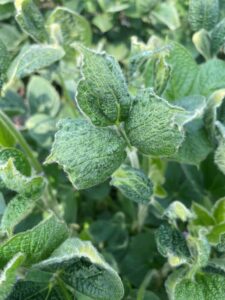
Figure 1: Suspected Group 4 herbicide injury. NE Illinois, July 24, 2023.
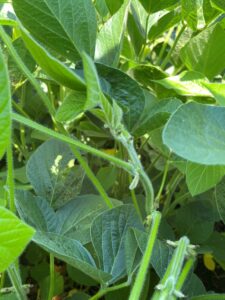
Figure 2: Soy R3 Beginning pod. Grundy County, July 27, 2023.
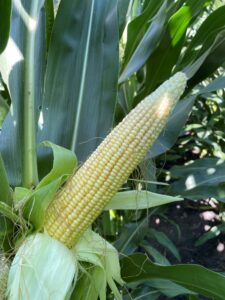
Figure 3: Corn at R3 (milk) stage. Grundy County, July 27, 2023.
Doug Gucker – Extension Local Food Systems and Small Farms Educator
Macon County
Soil Conditions: Mildly Dry (soil is drier than normal, plant growth may have slowed)
With my area still listed as being in “Moderate Drought”, crops are still looking good. Most soybean fields are in the “full pod” or R4 stage. I surveyed 50 consecutive soybean fields on my drive and 13 (26%) of those fields had weed escapes present across the field and volunteer corn was not considered a weed escape. This is another effect of this year’s dry spring weather on the effectiveness of residual and post-emergent herbicides. Most corn fields are in the late “milk” or R3 stage or beginning “dough” or R4 stage. There is some tipback on the corn ears present. Very little leaf disease is showing up in area crop fields, which is common in a drought.
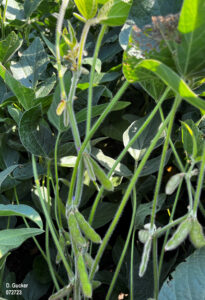
Figure 4: Most soybeans are in the R4 growth stage.
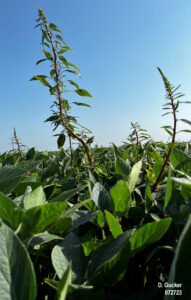
Figure 5: Noticing more soybean fields with late season weed escapes showing above the crop canopy.

Figure 6: Little leaf disease evident in corn or soybean fields.
Nick Seiter – Extension Field Crop Entomologist
Champaign County
Soil Conditions: Moderately Dry (soil is dry, plants may be browning or stressed, water bodies are low)
I’ve received several reports of corn rootworms breaking through pyramided Bt traits over the last couple of weeks. Most of these are in the usual areas north of I-80, but I was able to collect a population from Sangamon County last week and had reports from Putnam and Bureau. Continuous corn is virtually always the culprit in these cases. We are always looking for both western and northern corn rootworm populations to bioassay; if you have large numbers of adults and wouldn’t mind us coming out to collect them, please don’t hesitate to contact me (nseiter@illinois.edu).
Talon Becker – Extension Commercial Agriculture Educator
Ford County
Soil Conditions: Mildly Dry (soil is drier than normal, plant growth may have slowed)
For this week’s report, I visited several fields in the southern half of Ford County. Despite the relatively dry conditions and hot days prior to this survey, both corn and soybeans showed minimal outward signs of water stress. However, tip dieback was present to varying extents in the corn fields I visited. The rain forecasted for this evening (7/28) is needed and will hopefully be sufficient. Corn was mostly at late R3 (milk) with some bordering on early R4 (dough). Soybeans in the area were generally at R4 (full pod) or early R5 (beginning seed). Weed control in this part of east central Illinois seemed slightly better than what I’ve seen in my visits to other parts of the region in recent weeks. Soybean fields showed some minimal waterhemp pressure here and there, but volunteer corn was the more common sight. Waterhemp was also present in the corn fields I walked into, but I did not encounter any fields with moderate to severe weed pressure.

Figure 7: R3 (milk) corn with tip dieback – Ford County, July 28, 2023

Figure 8: Soybean field with minimal weed escapes – Ford County, July 28, 2023





